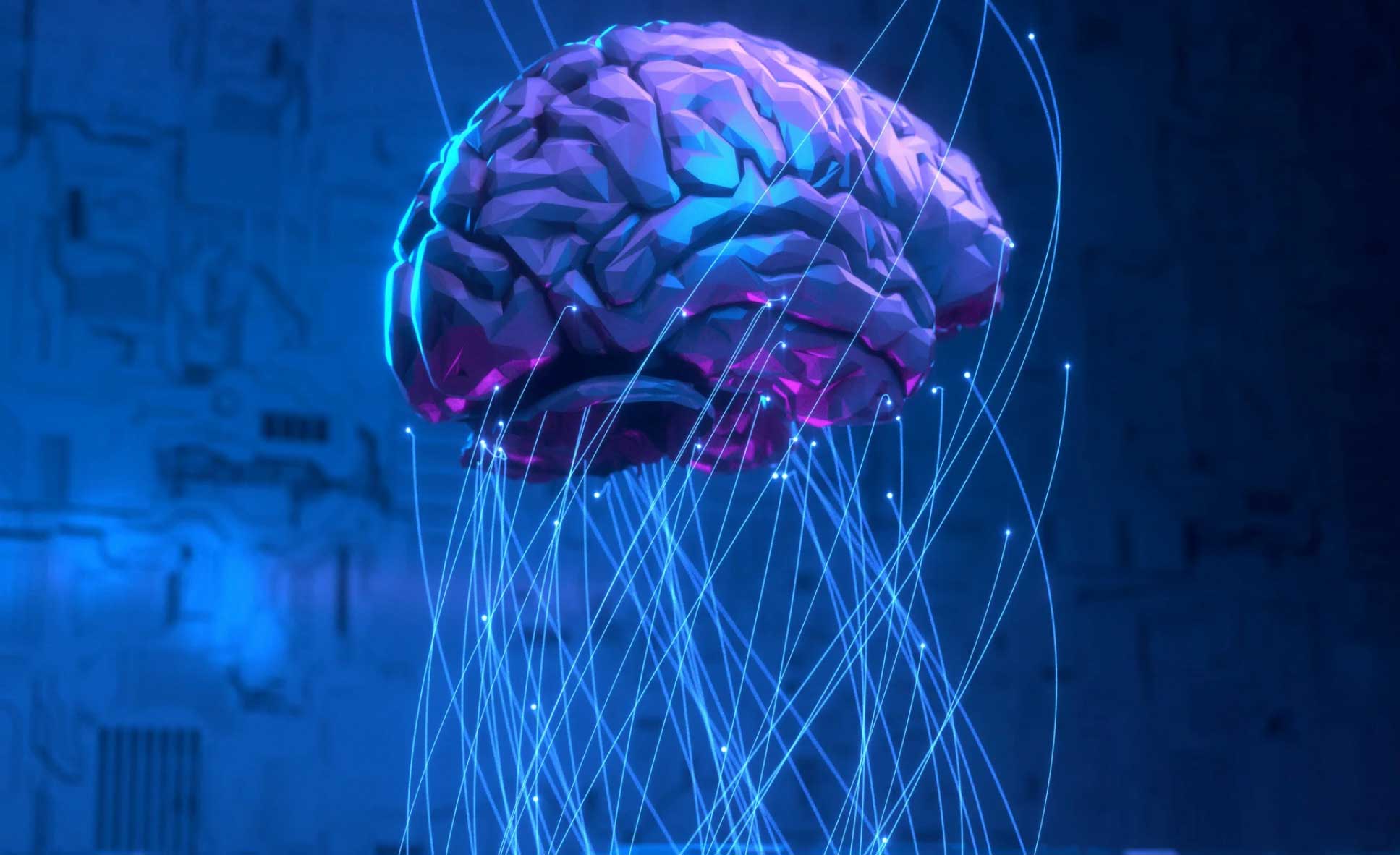role of artificial intelligence in interior decoration
Artificial intelligence (AI) is transforming the field of interior decoration, offering innovative solutions that enhance both the design process and the final outcomes. Here are several ways AI is being utilized in interior decoration:
1. Design Assistance and Visualization
AI-powered tools and software help designers and homeowners visualize how different design elements will look in a space before making any physical changes. Applications like augmented reality (AR) and virtual reality (VR) enable users to create 3D models of rooms, allowing them to experiment with various layouts, color schemes, furniture, and decor items in a virtual environment. This not only saves time but also reduces the risk of costly mistakes.
2. Personalized Recommendations
AI algorithms can analyze user preferences, browsing history, and feedback to provide personalized design recommendations. By understanding individual tastes and styles, AI can suggest furniture, color palettes, and decorative items that align with the user’s aesthetic. This level of personalization enhances customer satisfaction and helps create spaces that truly reflect the inhabitant’s personality.
3. Space Planning and Optimization
AI tools can optimize the use of space within a room by suggesting the best possible arrangements for furniture and decor. These tools consider factors such as room dimensions, lighting, traffic flow, and functional requirements to create efficient and aesthetically pleasing layouts. AI can also generate multiple design options, giving users a variety of choices to select from.
4. Trend Analysis and Prediction
By analyzing vast amounts of data from social media, design magazines, and other sources, AI can identify emerging trends in interior decoration. This helps designers stay ahead of the curve and incorporate the latest styles into their projects. Predictive analytics can also forecast future trends, allowing designers to create timeless and forward-thinking designs.
5. Automation of Routine Tasks
AI can automate repetitive and time-consuming tasks such as generating floor plans, creating shopping lists, and sourcing materials. This allows designers to focus more on the creative aspects of their work. For example, AI can quickly generate multiple versions of a floor plan based on different design criteria, which can then be refined by the designer.
6. Enhanced E-commerce Experience
Online furniture and decor retailers are using AI to improve the shopping experience. AI-powered chatbots and virtual assistants can guide customers through the buying process, answer queries, and provide design advice. Additionally, AI-driven recommendation engines can suggest complementary products, helping customers complete their decor projects more efficiently.
7. Sustainability and Smart Design
AI can contribute to more sustainable interior decoration by recommending eco-friendly materials and energy-efficient designs. AI tools can analyze the environmental impact of different materials and suggest alternatives that reduce the carbon footprint of a project. Moreover, AI can integrate smart home technologies into the design, enhancing the functionality and energy efficiency of the space.
Conclusion
The integration of AI in interior decoration is revolutionizing the industry by making the design process more efficient, personalized, and innovative. As AI technology continues to advance, its applications in interior decoration are likely to expand, offering even more sophisticated tools and solutions that cater to the evolving needs and preferences of designers and homeowners.




